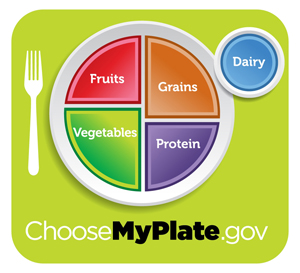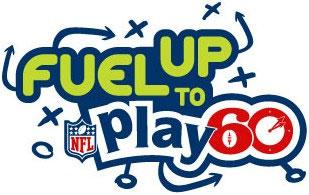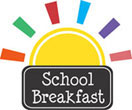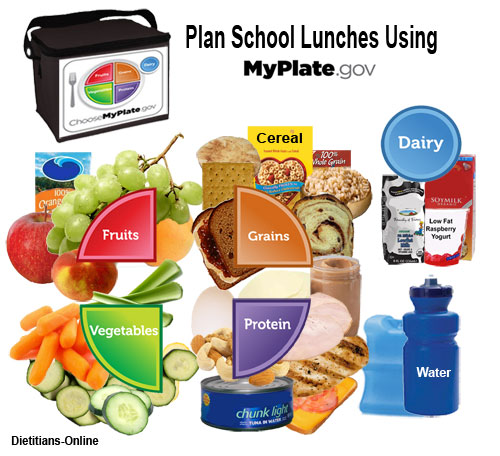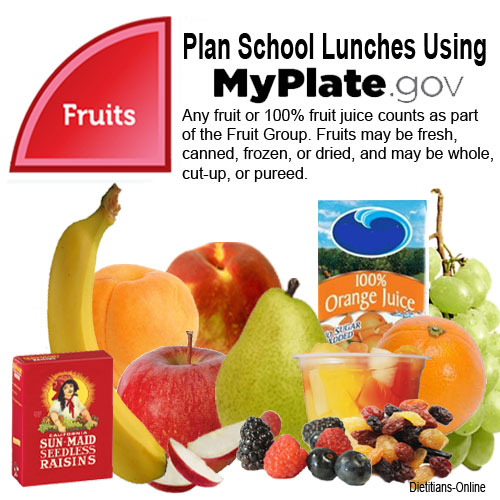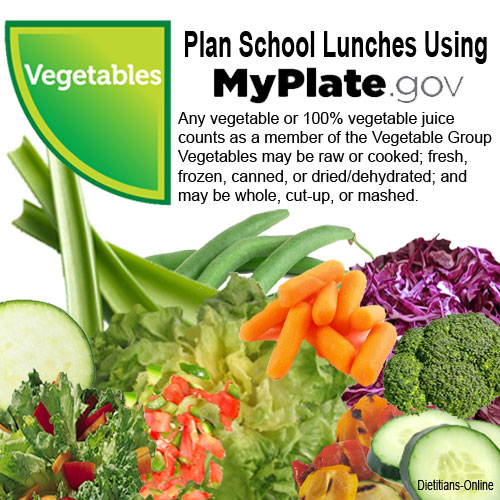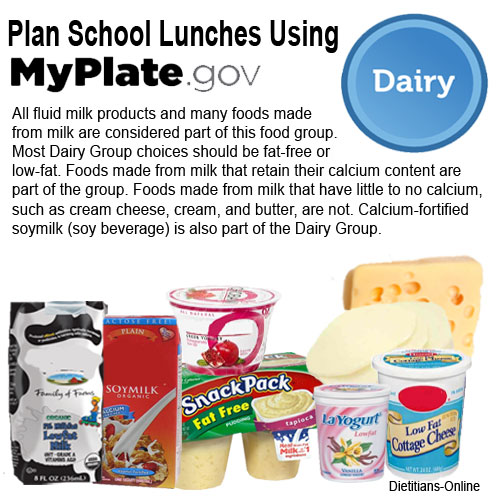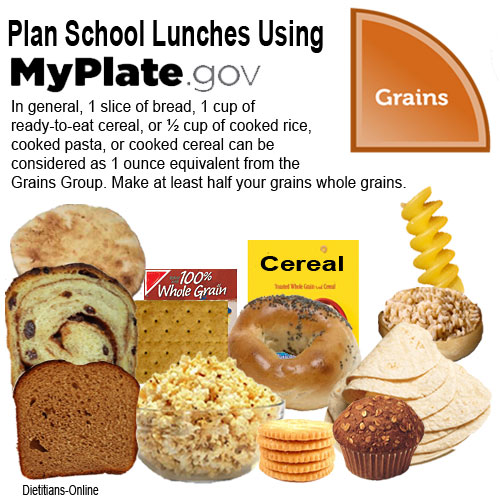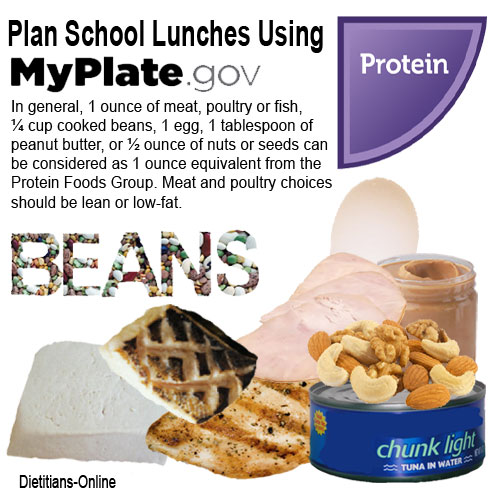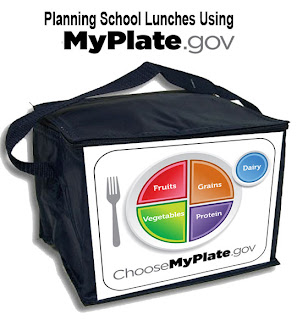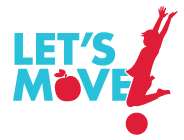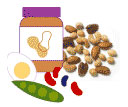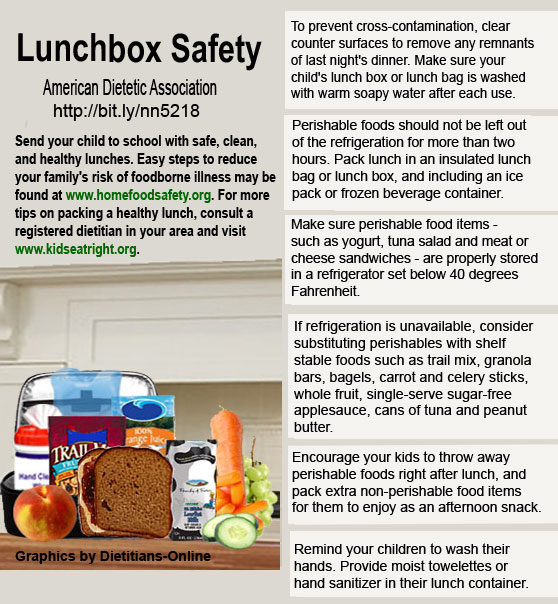The National Farm to School Network advocated for the creation of National Farm to School Month and now organizes the annual celebration in October. National Farm to School Month was designated by Congress in 2010 to demonstrate the growing importance of farm-to-school programs as a means to improve child nutrition, support local economies and educate children about the origins of food.
The National Farm to School Network has also developed resources and activities to promote Farm to School Month in schools, communities and media outlets. All of these tools are available on farmtoschool.org.
Here are some ways you can help us get the word out about Farm to School Month:
• #F2SMonth - Use this hashtag in your social
Media Messages
•@FarmtoSchool - follow on Twitter
• Follow on Facebook
Learn more about the movement throughout October. They will be sharing stories and information on their blog about how farm to school is empowering children and their families to make informed food choices and contributing to their communities.
The resource database is home to even more information and includes searchable tags for Farm to School Month as well as topics like farm to preschool, school gardens and procurement.
Celebrate National Farm to School Month
Many farm to school programs begin with a small activity generating interest and engages the whole community.
Organizations and Businesses
• Become an official Farm to School Month partner! Partners commit to using their communications channels to spread the word about Farm to School Month. Suggested messaging and weekly updates will be provided by NFSN. Contact: info@farmtoschool.org
• Become an official Farm to School Month partner! Partners commit to using their communications channels to spread the word about Farm to School Month. Suggested messaging and weekly updates will be provided by NFSN. Contact: info@farmtoschool.org
• Show your support for Farm to School Month by becoming an official sponsor! Contact: info@farmtoschool.org
Teachers
• Plan nutrition education activities, such as Harvest of the Month, featuring a local food product that is in season.
• Connect instructional school gardens and garden based learning activities to the curriculum.
• Organize farm tours or trips to the local farmers’ market.
• Send information about Farm to School Month to parents.
School food service professionals
• Promote Farm to School Month on the school menu and in the cafeteria. Find logos, posters and more at farmtoschool.org
• Do a taste test of local products or feature one item for lunch, breakfast or snacks.
• Create a farm-to-school salad bar using local products.
Farmers
• Connect with your local school and offer to conduct a classroom session during October or offer to host a visit to your farm.
• Promote Farm to School Month on your farm or at your farmers’ market booth with posters and other materials, which can be downloaded or ordered from farmtoschool.org.
Families
• Visit your local farmers’ market. Buy something you’ve never tried before, cook it and share with your family and friends.
• Cook with seasonal products as much as possible. Find out what products are grown in your region and when. Most State Departments of Agriculture or Buy Fresh Buy Local chapters can provide you with a regional crop calendar.
• Volunteer at your local school to support a school garden or classroom educational activity.
• Volunteer at your local school to support a school garden or classroom educational activity.
Resource:
To learn more, visit the National Farm to School website.
To learn more, visit the National Farm to School website.




